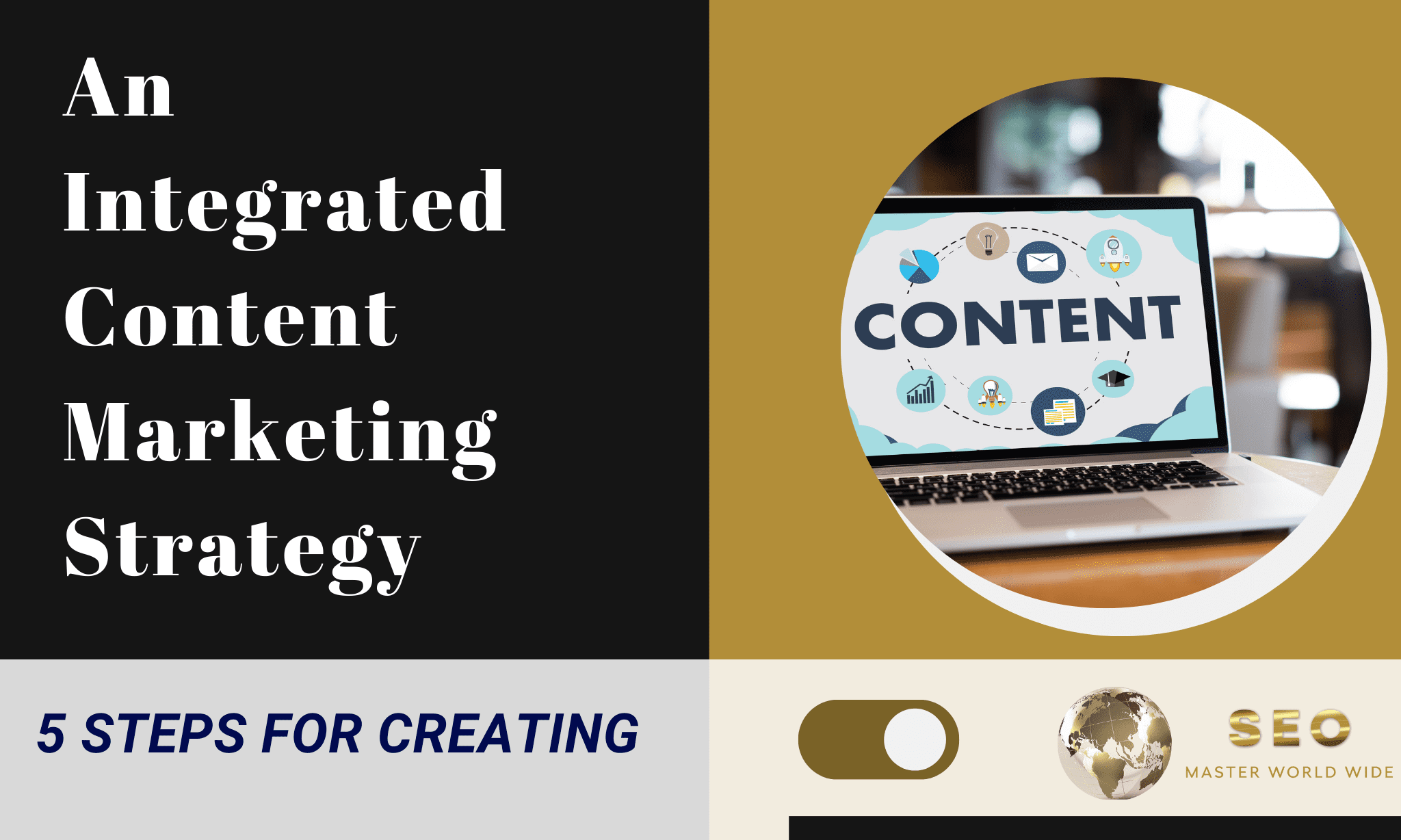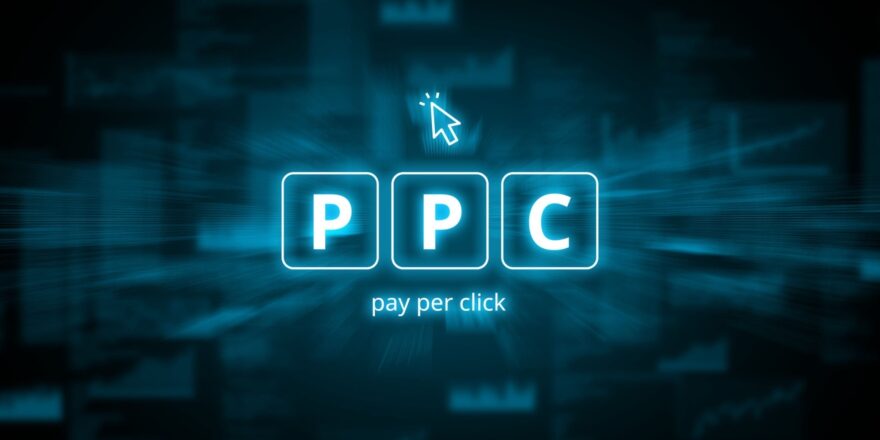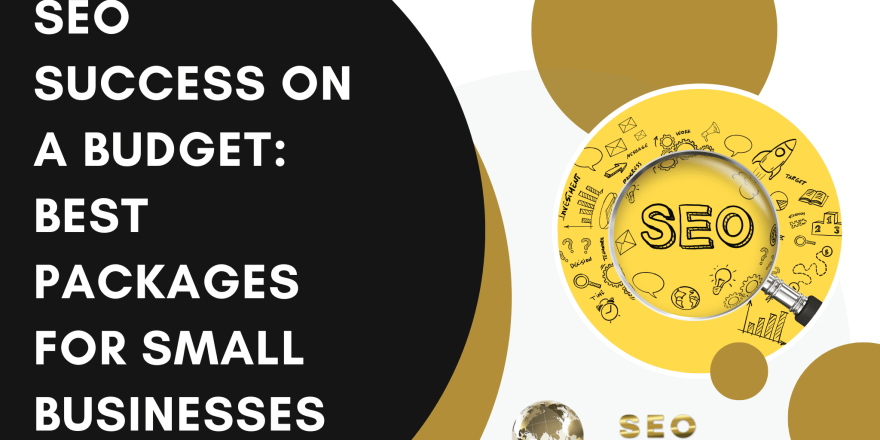Content marketing is the foundation of an effective digital presence for any business and is an integral part of the overall marketing strategy. Without a cohesive content marketing and brand strategy, it is impossible for the business to capture the hearts of their customers and the market as well. While simply creating content is good for the brand, there is a strategic process to achieve excellence, and that is integrated content marketing.
Stay tuned to the end to receive our integrated content marketing strategy playbook. We are giving away our proven strategy that builds brands. If you want to know what platforms, how many posts and what kind of posts, stay till the end. 🙂
What Is An Integrated Content Marketing Strategy?
An integrated content marketing strategy refers to adopting a cohesive approach across one or more platforms. It ensures that you, as a business, set out a clear and concise message about what your business is about, what is the mission of your business, your core values, and the services / products you are providing to your customer base and how your products or services are benefitting your market.
In short, it is about making all communication made by a business, delivered through all media platforms, consistent and cohesive. It helps the business engage the audience in a much more impactful way and build a more conscious brand presence.
This may involve ensuring that your social media platforms, website, email newsletters, etc., are not only unidirectional in the message they communicate but are also cohesive in the design and visual elements too, so that when a potential customer visits any of your digital channels, they feel a sense of oneness and unison that connects them to the brand wholly.
5 Foundational Pillars of an Integrated Content Marketing Framework:
Although building an integrated marketing strategy may seem like a simple process, in reality…. IT IS! But just like money doesn’t grow on trees, efforts are required. We want to help simplify this process by giving you an exact blueprint so you have an idea of what type of content that needs to be created, edited and distributed across which platforms.
Let us see the five steps to help you start building an integrated and cohesive content marketing strategy.
1. Set Clear And Concise Goals And Objectives:
Before you can start, you have to be willing to commit to the process which for most companies looks like working with an expert while also delegating activities to internal team members. Are you ready to commit to building your brand? If you are looking for a quick and easy solution, I hate to break it to you, they don’t exist…. Once you’ve cleared your mind of misconceptions that marketing is supposed to be like playing the slots in Las Vegas the real progress starts. Let’s dive in.
Build SMART Goals for better results:
The goal should be SMART meaning:
- Specific
- Measurable
- Attainable
- Realistic
- Time-bound
These are the five characteristics of a good goal. These points make sure that you do not set unrealistic or unachievable goals for your marketing plan which may cause problems in the long run.
There is another benefit of goal setting and that is, when you see your goals right in front of you, you are more likely to pursue them and go after them fiercely. The same is true for an integrated content marketing strategy.
Mapping out what you want your content to look or feel like in the next quarter, six months, or even the next year can give you a bird’s eye view of where to put your efforts.
Defining Goals:
Depending on if you are a local business, a regional or national business, an ecommerce business or a service based industry your goals and trajectory will differ slightly. Remember Content Marketing is not an effort you perform for a month and quit, this is a long term strategy to increase your brand’s visibility. Here are the main goals of content marketing:
Local Businesses
For a local business, the goals for content marketing can be quite specific and tailored to building a strong community presence and driving customer engagement.
Building Brand Awareness:
1. Content marketing can help a local business become more recognizable within its community. This could involve sharing stories, insights, and information that resonate with local audiences, making the brand a familiar name in households and local discussions.
Build Community Engagement:
2. By creating and sharing content that is relevant and interesting to the local audience, a business can foster interaction, such as comments, shares, and discussions on social media platforms. Engaging with local events, charities, or celebrations through content can also strengthen community ties.
Drive Local Traffic and Sales:
3. Through targeted content that highlights special offers, promotions, new products or services, and events, a business can drive foot traffic to their location and increase sales. Content that includes calls to action can direct readers to visit the store or use a local service.
Establish Thought Leadership:
4. Sharing expert advice, insights, and industry news can help a business establish itself as a thought leader in its niche. This is particularly effective for businesses like local health clinics, law firms, or consultancy services where expertise is a significant value proposition.
Enhance Customer Loyalty and Retention:
5. Providing valuable and engaging content can improve customer relationships and loyalty. This might include how-to guides, customer stories, or updates that keep the audience informed and connected with the brand.
Improve Search Engine Rankings:
6. By consistently publishing quality content that is optimized for search engines, a local business can improve its visibility in local search results. This can lead to more organic traffic from potential customers who are searching for related products or services in the area.
Generate Leads:
7. Content marketing can be an effective tool for lead generation. By offering downloadable content, such as guides, checklists, or whitepapers in exchange for contact information, businesses can build a list of prospects to engage with more personalized marketing efforts.
Regional and National Businesses
For businesses that operate over larger geographic areas, such as regional or national companies, content marketing goals will include:
Broadening Market Reach:
1. Content can be used to target specific regional preferences or trends, helping businesses expand into new markets or consolidate their presence in existing ones.
Diversifying Audience Engagement:
2. National businesses may use content to cater to diverse cultural or demographic groups, tailoring messages to resonate across different regions with varying interests and needs.
Brand Consistency Across Markets:
3. Ensuring that the brand message is consistent across all regions while still allowing for local relevance is crucial for maintaining brand integrity.
E-commerce Businesses
E-commerce businesses, which operate online and often serve a global customer base, will focus on:
Scaling Customer Interaction:
1. Using automated content like emails and social media posts to maintain personal touch at scale.
Enhancing User Experience Through Educational Content:
2. Creating content that educates customers about products, how-to-use them, and how they can solve specific problems.
Leveraging Customer Data for Personalized Content:
3. Using insights from customer data to create personalized content campaigns that target specific interests or shopping behaviors.
Service Industry Businesses
Service-oriented businesses, such as consultancies, healthcare providers, or IT services, will have content marketing goals like:
Highlighting Service Expertise and Success Stories:
1. Content that showcases expertise, case studies, or client testimonials can help in building trust and demonstrating the value of services.
Offering Value through Advice and Solutions:
2. Providing actionable advice or solutions to common problems through content can position these businesses as helpful and knowledgeable, encouraging engagement and inquiries.
Facilitating Online Appointments or Consultations:
3. Content that drives online engagements, such as booking consultations or appointments, especially relevant in the current digital-first world.
General Considerations Across All Types
Across all types of businesses, the following considerations are universally relevant:
SEO Strategy:
- For any business with an online presence, optimizing content for search engines can drive more organic traffic.
Conversion Optimization:
- Aligning content with the sales funnel stages to guide the audience towards making a purchase or contacting for more services.
Metrics and Performance Analysis:
- Using analytics to monitor content performance and refine strategies based on data-driven insights.
These goals are dynamic and generally rely on the current standing of the business.
Once you have set realistic goals for your overall integrated marketing strategy, you are good to go to the next step.
2. Develop A Deep Understanding Of Your ICP:
Understanding your ideal client profile is one of the primary steps in designing an integrated content marketing strategy. You need to undergo detailed research to understand your audience and design customer personas which will help you gain a deeper insight into what your potential customers are looking for, what their pain points are, and what are the ideal solutions to their problems.
You can develop different personas for different customer segments of your target audience and design your communication and content strategies accordingly to cater to all of their specific needs and demands.
3. Decide Key Channels And Platforms:
Understanding your customer personas will also help you map out which are the most widely used and popular social media or digital channels among your target audience. This can help you make important decisions about which channels or platforms to facilitate your cohesive content marketing strategy.
Additions:
Choosing The Right Marketing Mix:
In addition to the platforms and channels, you can also work on deciding which means are going to be the most fruitful for your business like paid or organic strategies based on the stage of your business and your budget.
While your website and your social media channels are a primary necessity for almost all businesses, don’t forget that you can make great use of good old fashioned networking and / or more traditional marketing strategies such as radio, billboards, and television commercials.
Influencer Marketing:
Influencer marketing is nothing new. Think back to James Dean popularizing Marlboro cigarettes in the 1950s, it isn’t much different today, except the fact that social media has given rise to a new age where influencers of all types are being born daily. And the result, widespread accessibility of influencers to represent your brand to large audiences. Finding influencers that belong to your niche and compensating them to promote your offering or brand is a very effective way to get your message out to a warmer audience fast.
4. Create High-Quality Content:
After successfully identifying your ICP and determining the right social media platforms to use (Facebook, Instagram, LinkedIn, Twitter and of course your website), the next question is what to showcase on those particular channels. This is where content creation comes in.
You need to create high-quality and engaging content, both short and long form content, in the form of written, audio and visual. In what way does your audience consume content? That’s where you need to be. For a brand’s longevity, it’s crucial that the content aligns consistently with the brand’s voice, tone and values.
Creating engaging content is one of the key elements of an effective and integrated content marketing strategy which helps businesses build trust with their audience in turn building a community among your consumers and turning them into brand ambassadors.
Who knows you might happen upon an influencer within your own community!
5. Analyze The Results And Optimize:
There is no way to find if a particular strategy has worked effectively or not unless we analyze the data. After a particular strategy has been live and distributed to the audience, analyzing the KPIs can help us observe if that strategy has been successful or not.
These results can not only help us analyze the performance of a strategy but also drive our decisions for future campaigns. We can use the data to make informed decisions about what type of content resonated with the audience the most, what type of channels drove the most engagement, and which campaigns drove the most conversions.
Conclusion:
In Conclusion, these are the five steps to crafting an integrated content marketing strategy that not only drives results but also paves the way to better understand the desires of your target audience. You can follow these steps combined with the insights from the KPI metrics to make sure that your content marketing strategies align with your overall business goals and are able to drive meaningful results across multiple platforms.





